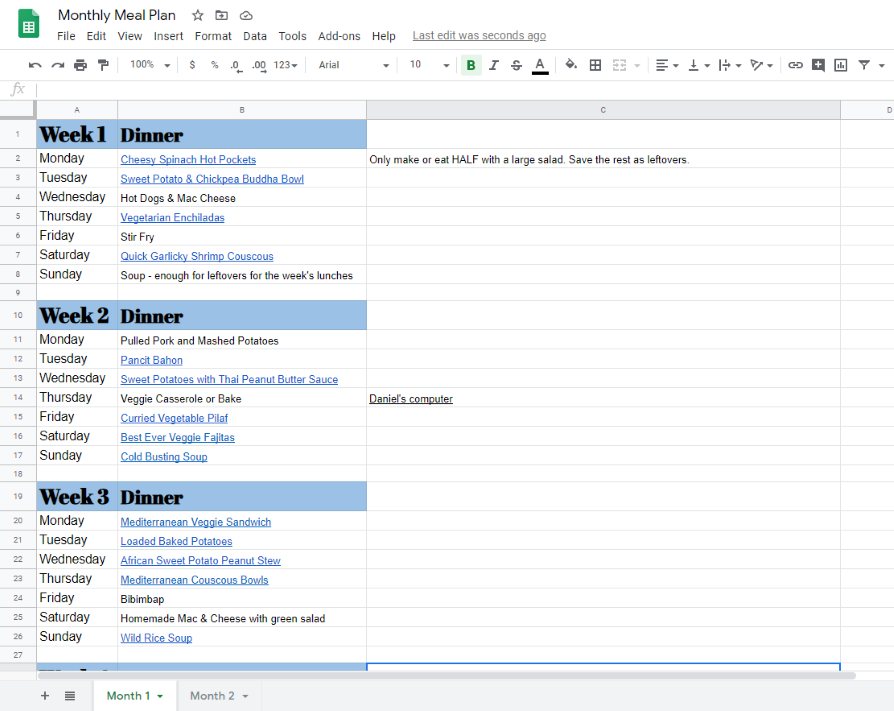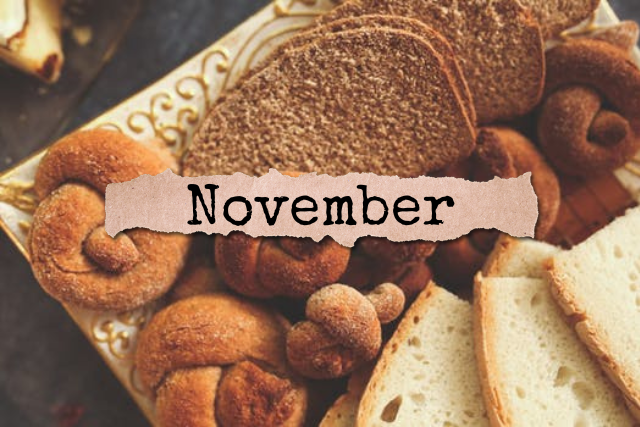As the internet offers us more and more places to connect, it can be tricky to determine who you “ought” to follow on Facebook, Twitter, Instagram, and other platforms. There are many recommendations out there – some that are considered staples of social media/the online community in genealogy.
It’s well worth checking out the suggestions on “Top 100” lists and the like, but sometimes finding the right folks or blogs to follow on social media is as simple as a few search terms.
What do you want to get out of making these connections online? Do you want to find potential distant cousins and other people with similar research interests? Do you want to keep up to date on more general genealogical news or the latest scientific advances with DNA? Would you like to find people local to you or communicate with genealogists in other countries?
And, once you find these people, what next? What should you do with these connections? What is the point of a widespread network if you don’t make use of it, or participate in it?
Sometimes, it is nice to sit back and watch news, ideas, and more scroll by in your Twitter feed. But it won’t necessarily help break through that brick wall or bring you closer to uncovering what happened to an ancestor who apparently dropped off the face of the earth.
Take time to reach out to the people with shared research interests, or even who live in the area where your family resided decades or centuries ago. Before the internet, we sent each other letters – even long-distance relatives! Email makes it even easier to say, “Dear John Smith, I noticed your post on the Genealogy.com Smith forum, and I do believe we may have an ancestral connection via Robert Smith.”
We tend to be a friendly lot, so most of us will respond courteously – probably even excited to hear from you. So use that social media to be social and have some fun with it! You might make an unexpected discovery along the way. 🙂














